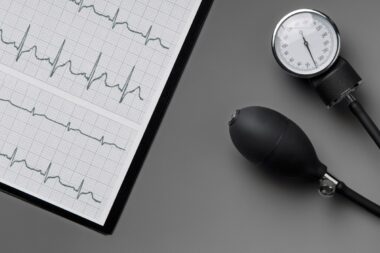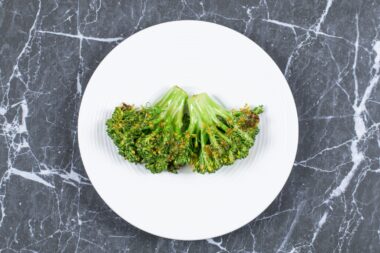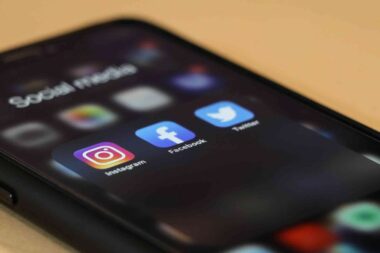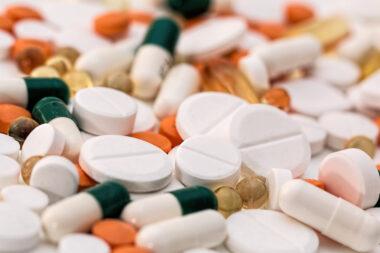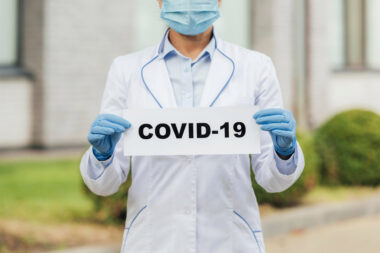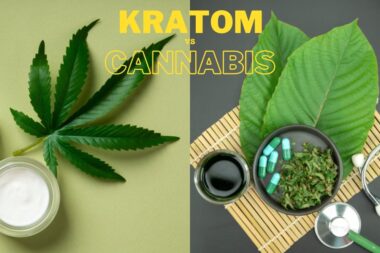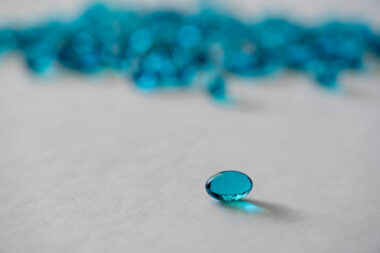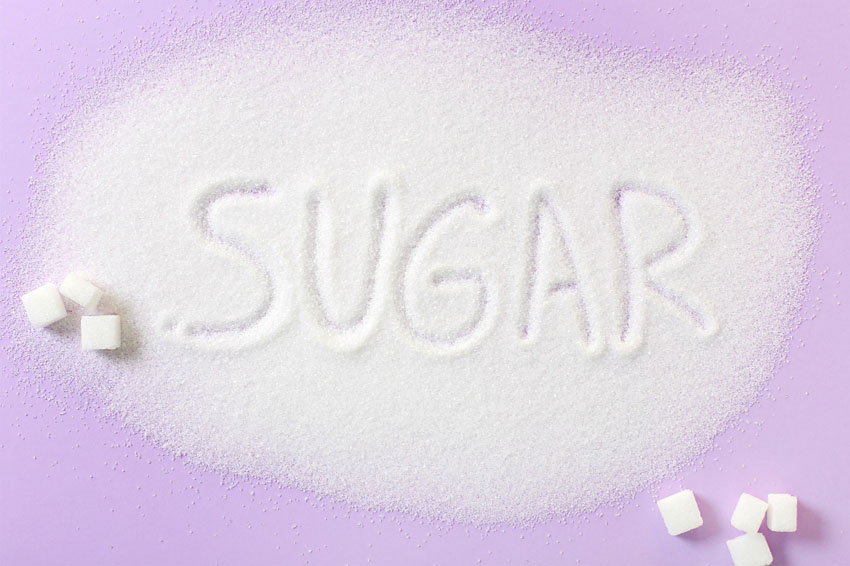In the short to medium term, excessive sugar consumption may bring acne, weight gain, and exhaustion. Long-term sugar consumption increases the chance of chronic illnesses such as type 2 diabetes and heart disease.
Excessive increased sugar consumption can elevate blood pressure and chronic inflammation, both of which are both critical routes to heart disease.
High sugar consumption, particularly in sugary beverages, promotes significant weight gain by misleading your body into switching off its appetite-control mechanism since liquid calories are less fulfilling than calories from solid meals.
This is the reason eating sweetened beverages makes it simpler for individuals to add extra calories to their usual diet. According to Dr. Hu, higher blood pressure, inflammation, weight gain, diabetes, and fatty liver disease have all been linked to a higher risk of stroke and heart attack.
In simpler way, why is sugar dangerous for your well-being?
- Obesity, diabetes, and heart disease are all increased by sugar consumption.
- Sugar directly causes glucose levels to rise and fall.
- Sugar might have an impact on your immune system.
- Chromium insufficiency can result from a high-sugar diet.
- Sugar reduces response time aging.
- Tooth decay is caused by sugar and elevates stress.
- Sugar replaces essential nutrients like vitamins A, C, B-12, and Calcium.
- Sugar has an impact on children’s memory.
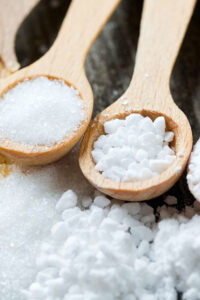
The appropriate quantity of sugar intake is difficult to explain because sugar is not an essential nutrient in your diet. The Institute of Medicine, which establishes Recommended Dietary Allowances (RDAs), has not released a specific sugar RDA.
The American Heart Association recommends that women take no more than 100 calories (about 6 teaspoons or 24 grams) of added sugar per day and men consume no more than 150 calories (about 9 teaspoons or 36 grams). That’s about the same as a 12-ounce can of Coke.
What are the best sugar substitutes?
- Date Sugar – This form of sugar, made from dried, ground dates, has more antioxidants than almost a dozen other compounds in the same category. It also has a high potassium content, which makes it an excellent sugar substitute. Moreover, it still includes fructose, making it unsuitable for people attempting to maintain a low blood sugar level.
- Maple Syrup (also known as Liquid Gold) – Maple syrup, which is collected from maple trees in late winter, is among the most frequent sugar substitutes. It is entirely natural, with the sole processing being the boiling of maple tree sap extracted with the use of a spike.
- Honey (in raw form) – Honey is created without any processing and is likely the world’s oldest sugar substitute. Indeed, it contains about half of the fructose found in sugar, however, its advantages as a cleaning material, as well as antimicrobial characteristics in both internal and external use, make it one of the finest alternatives for a healthier option to sugar.
- Coconut Sugar (Coconut palm sugar) – Coconut sugar is made from the nectar within the coconut blooms, which is then naturally processed to evaporate the water from the sap, enabling the nectar to crystalize. The fructose concentration of coconut sugar is roughly 39%, which is a given the other minerals like zinc and iron, as well as the antioxidants and a little amount of insulin fiber, which acts as a prebiotic to support digestive health.
- Stevia Leaf (also known as Candy leaf or Sweet leaf) – The leaf of the Stevia Rebaudiana plant, which blooms only in warm areas, is used to make this sweetener. Stevia does not elevate blood sugar because it has no carbs or calories, making it an excellent natural sugar alternative. You may purchase dried leaves to grind and add to your cooking or coffee, or you can get it more processed as a powder or syrup created from that powder. Unfortunately, it has a drawback in that it perpetuates the urge for sweets by deceiving your gut microorganisms into craving extra.
Where is the basis of your additional sugar?
It is mostly derived from soda or sports drinks (about 43%), followed by grain-based desserts (around 12%). From candies to fruit drinks, ready-to-eat cereals like cornflakes, and sweeteners and honey, the added sugar content ranges between 4 and 8%.
Conclusion
Reading food labels is one of the most effective methods to keep track of your sugar intake. Total sugar, including added sugar, is frequently stated in grams. Take note of the sugar grams per serving as well as the overall number of servings.
According to Dr. Hu, It may just indicate 5 grams of sugar per serving, but if the typical quantity is three or four servings, you might easily ingest 20 grams of sugar and hence a lot of added sugar.
Additionally, keep note of how much sugar you put in your food or beverages. Coffee and tea account for over half of all added sugar. The researchers also discovered that added sugar accounted for more than 60% of the calories in their beverages.

Anvi has done Bachelor’s and Master’s in Nutrition and Dietetics. She’s planning to do a Ph.D. in Public Health Nutrition moving forward.

